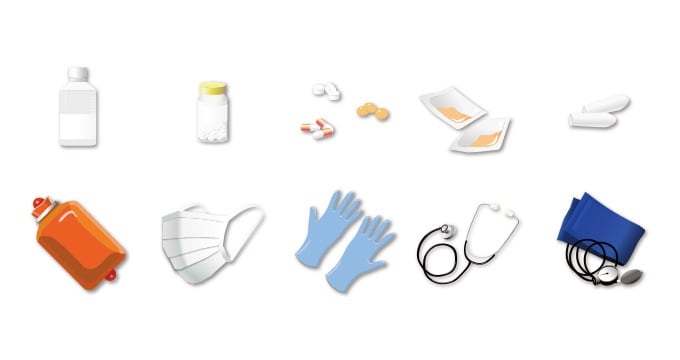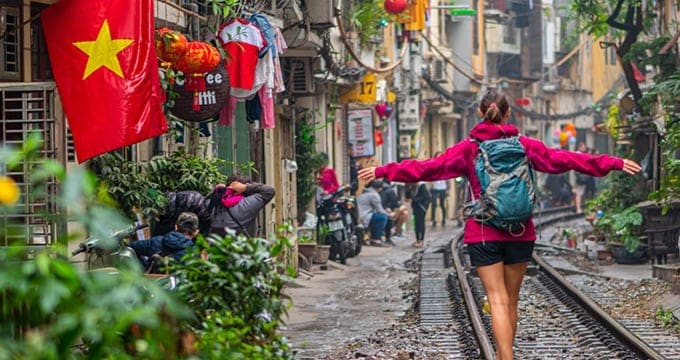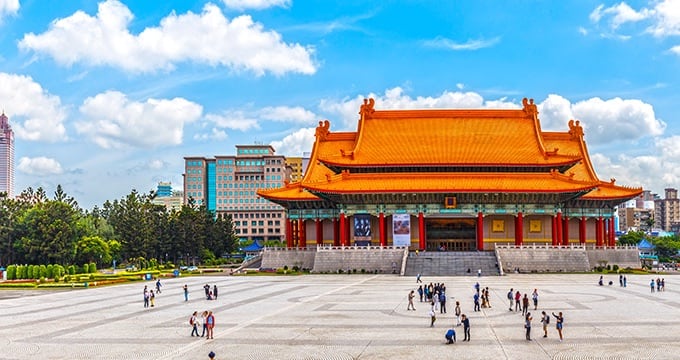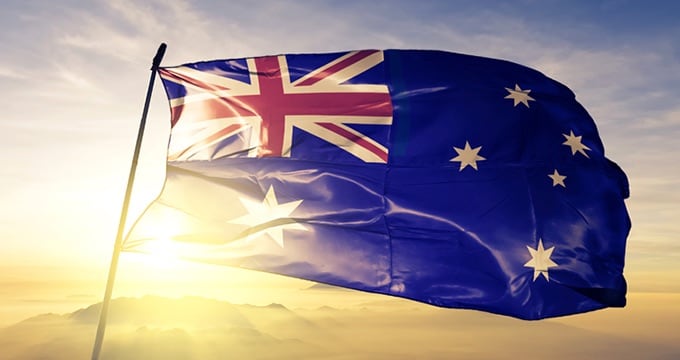Overview/Background
Rare diseases are life threatening debilitating conditions that affect a smaller number of the population and have various definitions in every country such as less than 1:2000 in Europe, 1:1500 in United States of America and less than 50000, or one in 2500 in Japan (1, 2) This number could become important with population size s with Asia hous ing 59.5% of the world’s population.
In recent years, Asia and particularly South East Asia’s (SEA) economy has been on the rise for the past decades and it is expected to continue to grow with a Gross domestic product (GDP) growth forecast of about 5.7% on average till 2024 based on the OECD Development Centre's Medium Term Projection Framework 2020 (4). Rare diseases, (RD), form a niche population that is usually neglected and are mostly genetic in nature. There are about 6000-7000 diseases recognized as RD, with only about 500 having know n therapy (6). Most of these diseases occur in children since genetic diseases can be diagnosed from birth. For the past decade, large pharmaceutical companies have not shown interest in orphan drug development due to the fear and risk in drug production cost and little sales. However, nearly two thirds of the world’s population reside in Asia and hence even the rarest disease will have many patients seeking treatment.(3)
Three country case study: Benefits and regulatory related matters on rare disease
Rare Diseases in Japan:
In Japan, according to the MHLW (Ministry of Health, Labor, and Welfare), a rare disease occurs in less than 50,000 or 1 in 2,500 people. The drug designation and approval decisions are on a case by case basis (1, 2)
In Japan, the National Institute of Biomedical Innovation (NIBIO)(This will open in a new window.)provides incentives on Orphan drug/medical device applicants. Also, a pplicant s can b enefit from a lower user fee during PMDA consultation if related to orphan d rugs, with a 12% study expenses claim possible via the NIBIO subsidy payment period (not including subsidies granted by NIBIO) as a tax credit.
Also, NIBIO, PMDA, MHLW provide pivotal support with an expedited timeline for approval of R&D related drugs/device.
Upon approval, there can be an extension of the re-examination period, of up to 10 years for drugs and up to 7 years for medical devices.
Rare Diseases in Singapore:
Although the definition of orphan drug might be ambiguous in Singapore, according to the Health Sciences Authority (HSA), if a drug has the following properties, it will be given priority according to the Ministry of Health of Singapore.
- It can be used to treat a life threatening condition s given that there are no other safe and alternatives available in the country
- Disease conditions that are of local public health concern such as some cancer, infectious diseases
- The number of patients currently affected by this condition are few.
- A rough estimate of the number of patients affected by the disease/condition should be provided.
Considering the above mentioned, If the drug meets such conditions and is designated as an orphan drug by the Ministry of Health, priority review under abridged evaluation will be accorded to it during drug registration. Approved orphan drugs are granted a 10-year period of marketing exclusivity. To date, reimbursement of orphan drugs in Singapore has been very challenging. (3)
Rare Diseases in Thailand:
At the moment, neither the Ministry of Public Health (MoPH) nor the Thai Food and Drug Administration (Thai FDA) has prescribed a clear definition for “rare diseases.”
The Thai definition of Orphan drugs is very different in comparison to other countries, where priority is......
Full text & latest issue is found in the mail magazine “Global Newsletter”
The “Global Newsletter” provides the latest information pertaining to clinical trials in the Asian region, including timely updates from Local Health Authorities in the regions of coverage and medical advancements of interest.
To subscribe to the Asian Newsletter, please contact us via the following form.










